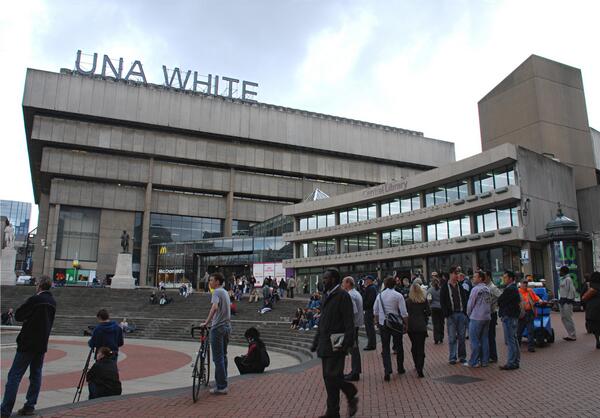Of all the architectural movements, none have been quite as controversial as the Brutalist movement of the 20th century. Confrontational concrete buildings from the 1950s through to the 1970s sprang up across Britain as a marked departure from the forms of modernism that existed prior to that era.
Concrete is, of course, still widely used in construction across the globe, but no longer in the same fashion as it was during this fascinating 30 year period. Stylish facades now cover the raw material that was once the focal point of the whole building, as concrete performs a more structural role rather than a finishing one.
Celebrating The Icons
Britain’s post-war love of raw concrete created some of the country’s most iconic buildings, many of which are now celebrated when once they were pilloried. Here we take a look at a few of these architectural giants and look back to an era when concrete was truly king:
Trellick Tower
This 31-storey building on the Golborne Road in North Kensington is as iconic as they come. Built in 1972, Trellick Tower is now a grade II listed building and still a working block of flats that is home to 217 sets of residents. Designed by architect Ernö Goldfinger, Trellick Tower stands majestic as the perfect symbol of British Brutalism.
Birmingham Central Library
Listed for demolition in 2016, Birmingham Central Library will be sorely missed by all those who adore Brutalist architecture. Construction began in 1969 and the library doors opened to the public in early 1974.
Designed by John Madin, Birmingham Central Library was not welcomed with open arms initially, but now it is seen as part of the region’s heritage and many are campaigning for the demolition to be shelved.
The Southbank Centre
Possibly the most famous set of Brutalist buildings in the whole of the UK, the Southbank Centre is home to the cultural epicentre of the country. The Royal Festival Hall, Purcell Room, Hayward Gallery, Queen Elizabeth Hall and the Saison Poetry Library are all constructed in the Brutalist fashion and give the south bank of the River Thames a truly iconic feel.
The Royal Festival Hall is the only original building from the Festival of Britain in 1951, but the buildings that have since joined it have only added to stark landscape that now buzzes with activity 24/7.
Brunswick Centre
Another grade II listed building, the Brunswick Centre in Bloomsbury, Camden sees tiered flats layered above a communal shopping centre for residents and passers-by.
Initial plans for the Brunswick Centre would have made the estate far bigger than it eventually ended up being, but the Ministry of Defence would not relinquish the site adjacent to the structure.
560 flats make up this awe-inspiring piece of architecture and the building has made numerous appearances in popular culture throughout its 40+year history. Designed by Patrick Hogkinson, the Brunswick Centre is a must see for all Brutalist architecture fans.
Boyd Orr Building
This Scottish piece of Brutalism is still a working building and is home to the University of Glasgow. Affectionately referred to as BOB, this classic example of the Brutalist movement was completed in 1972 and named after the Nobel laureate Lord Boyd Orr of Brechin. Designed by JL Gleave & Partners, the Boyd Orr Building gives visitors a real sense of what the architectural movement of the period was truly all about.
Nick Carr is the director of Reinforced Concrete Solutions, a specialist in all types if reinforced concrete construction. His company works on complex schemes and methods without compromising the quality and finish. Concrete construction no longer needs to be brutal!
